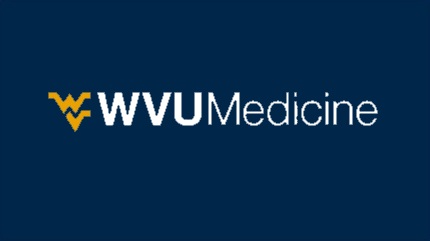MORGANTOWN, W.Va. – In a month where a special day is set aside to celebrate those we love, the state of West Virginia is showing a little love to the Health Sciences and Technology Academy (HSTA) at West Virginia University. Gov. Earl Ray Tomblin signed a proclamation on Feb. 4 officially declaring February as HSTA Month.
“We are thrilled to receive this honor. This program was built in West Virginia by West Virginians for West Virginians, so it’s very rewarding to be recognized by the state,” Ann Chester, Ph.D., HSTA director and assistant vice president for social justice at the Robert C. Byrd Health Sciences Center, said.
Founded in 1994, HSTA is a community-based science and math program that encourages ninth through 12th graders in rural areas to pursue higher education. The goal of the program is to increase the number of African-American and other underrepresented high school students in West Virginia who pursue higher education and to increase the number of health practitioners in medically underserved communities in West Virginia. Students who complete the HSTA program and maintain a 3.0 grade point average earn a tuition waiver from any West Virginia state-run college.
“Through HSTA, our students and alumni are building a better tomorrow by improving our education, our lifestyles, our health literacy and our communities today,” Dr. Chester said. “The program encourages aspirations, opens doors, and empowers minority and underrepresented students and communities.”
The HSTA partnership brings students and teachers to campuses each summer for laboratory and classroom training and activities. It then provides the infrastructure and support for community-based science projects mentored by scientists, teachers, health professionals, students and volunteer community leaders during the school year.
Over the last three years, HSTA students have worked to build a database that pinpoints the specific health needs of their families and communities while revealing issues that must be addressed. Students in 26 counties gathered more than 2,200 surveys during the course of the research project.
“This is grassroots healthcare reform that communities can begin now with little cost and with the potential for gigantic savings in healthcare,” Chester said. “What we are doing is giving the communities back their information analyzed and communicated in such a way that it allows citizens to team together to invent and design plans to address their health needs that are based on the actual research from their area.”
For more information on HSTA, see www.wv-hsta.org.
